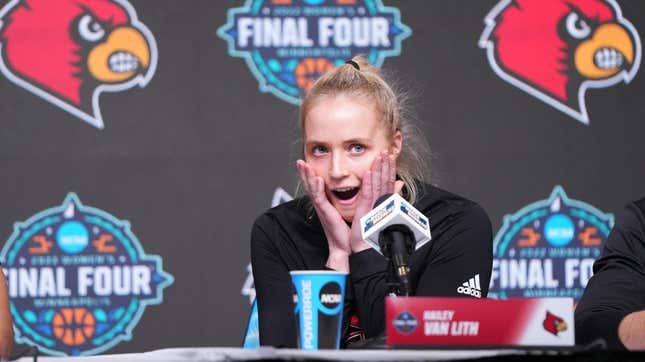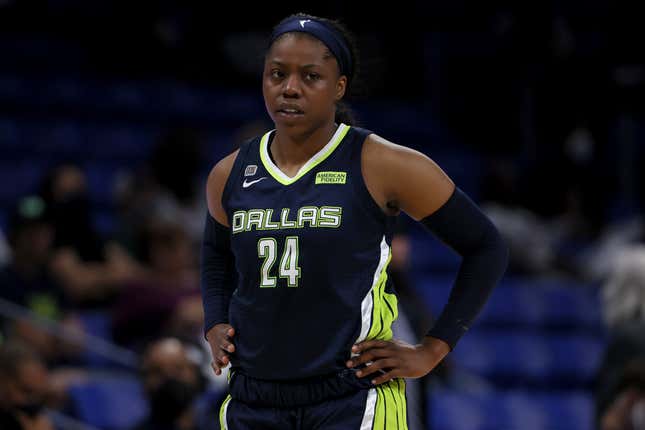‘Really Weird’ That Women’s Basketball Teams Are Actually Bringing Madness to March
Women's basketball is setting NCAA women’s viewing records during its first March Madness-branded tournament, so why are y’all confused?
EntertainmentEntertainment

Earlier this month, sports business reporter, NFT enthusiast and noted dumbass Darren Rovell was entirely puzzled by a series of Buick ads promoting gender equity in sports and responded by tweeting: “Women get less coverage during March Madness because there’s less madness, fewer upsets and the bracket is predictable. That’s all. It’s not the same product.”
I’m not going to waste your time or mine by explaining how sexist this is, because I would prefer we all kept our brain cells for more pressing matters like supporting moms of trans kids in Texas or praying/wishing/hoping/PRAYING that Marsha Blackburn 2024 isn’t a thing. So, instead, I’ll explain why this ill-advised tweet isn’t just dead wrong, but part of the historic poisoning of our collective framing of women’s sports.
-

-

-

-

-

-

-

-

-

-

-

-

-

-

-

-

-

-

-

-

-

-

-

-

-

-

-

-

-

-

-

-

-

-

-

-

-

-

-

-









































